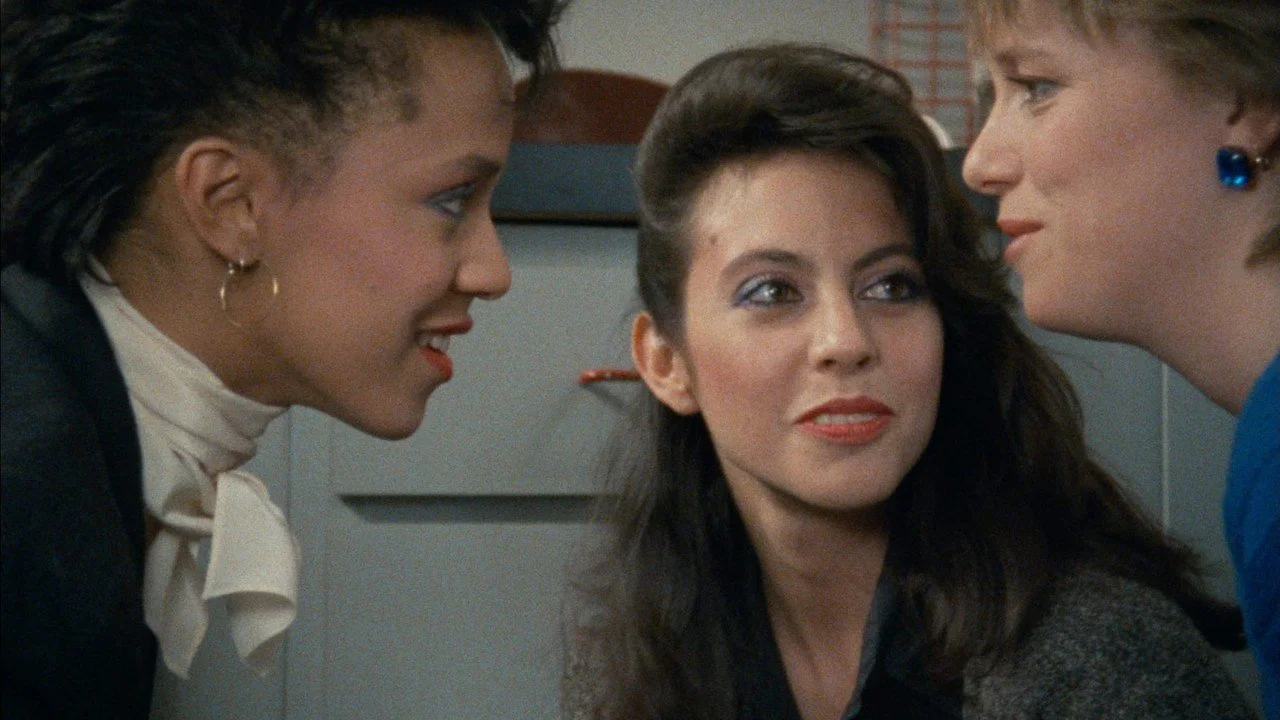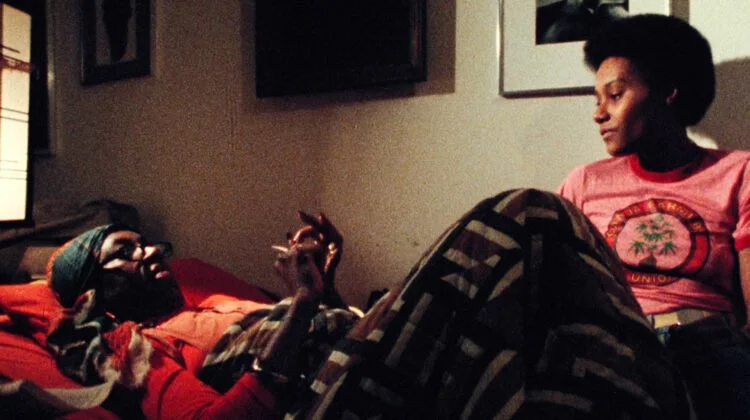Stir Cheat Sheet: 5 things to know about Lizzie Borden's newly restored Born in Flames and Working Girls
Both radical 1980s films are screening at The Cinematheque, with the director on hand for a Q&A July 8
Working Girls takes a still bracingly nonjudgmental look at sex work in New York City.
The Cinematheque presents Born in Flames on July 8, followed by a virtual Q&A with director Lizzie Borden, and screens Working Girls from July 9 to 11
FEMINIST FILMMAKER Lizzie Borden’s two signature and still-relevant films, 1983’s Born in Flames and 1986’s Working Girls, have both seen recent restorations that are on view this week at The Cinematheque.
Born in Flames is a fierce punk-futuristic tale about a female rebellion set in a dystopian U.S., a decade after a second American Revolution. A socialist government has taken power, but women still suffer from rampant misogyny and sexual assault. When the Black founder of the Woman’s Army is killed, a coalition of women unites across race, class, and sexual preference to rebel.
Working Girls looks at sex work, as queer Yale grad and aspiring photographer Molly pays the bills as a Manhattan escort. She and her colleagues meet clients over the course of one day in an apartment where their job is by turns monotonous, gruelling, and funny. No glamour here; just a supply closet full of K-Y, Trojans, Kleenex, and Listerine; an ever-ringing telephone; and a notebook where Molly studiously keeps track of her fees and tips. When the male customers arrive—some needy, some nerdy, some narcissistic—it feels like they’ve stepped onto a conveyor belt.
As an added bonus, the revolutionary indie filmmaker will be on hand for a virtual Q&A on July 8 after the one-night-only screening of the earlier film.
Here are five things to know about the scrappy auteur and her films that still have all-too-timely things to say about sexism, racism, capitalism, and power.
One of Borden’s first acts of rebellion came at age 11, when the girl formerly known as Linda Elizabeth officially changed her name to that of the infamous 1890s axe murderer.
Born in Flames took Borden more than five years to complete. She reportedly could only afford to shoot once a month, and drew from a team of nonprofessional actors. She also weaves in real news footage of demonstrations and police violence.
Born in Flames
Hollywood film director, screenwriter, and producer Kathryn Bigelow plays one of three women journalists in Born in Flames— part of the middle-class, privileged, white media that’s skeptical of the Women’s Army and its fight for rights. Borden is ahead of her time in centring the voices of queer women of colour in the film.
Working Girls draws directly from the real experiences of New York City sex workers who Borden met while filming Born in Flames. While it feels a bit like a fly-on-the-wall documentary, Working Girls also has a heightened style—offbeat camera angles and a clattery avant-punk score. Borden has said in interviews that she prefers that it be seen as a work of fiction.
Working Girls is ultimately less about sex than labour and capitalism, and who holds the power. Remember, the 1980s was the era of Wall Street and Reaganomics. Note the arrival of the film’s madam Lucy, who’s eager to squeeze maximum productivity out of her work force. And listen for the moment when Molly asks Lucy about surplus value. “You made a lot of money,” Lucy says to an exhausted Molly. “I made a lot of money for you,” Molly replies.















